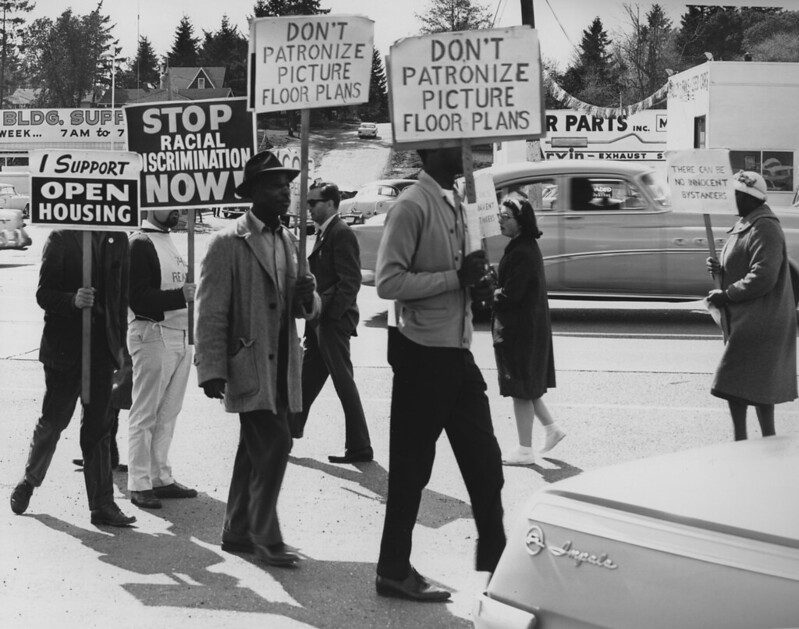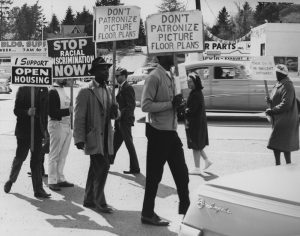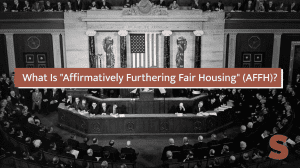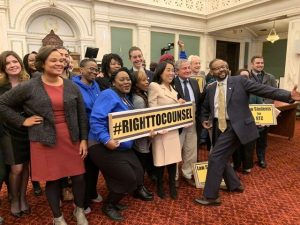
Under the Lens
New AFFH Rules: What You Need to Know
What’s the Affirmatively Furthering Fair Housing provision? How has it been enforced in the past? And what do fair housing advocates think of the Biden Administration’s proposed changes?
AFFH: Third Time’s the Charm?

All Articles
sort by Date

AFFH’s Bumpy Road to Overcoming Segregation
The Affirmatively Furthering Fair Housing rule was intended to force communities to take action to address housing segregation and discrimination. How has the rule evolved throughout the years, and will a proposed new rule finally put some teeth into the legal concept?

What Is Affirmatively Furthering Fair Housing?
Shelterforce has put together a short video to explain what “Affirmatively Furthering Fair Housing,” or AFFH, means, and the history of its enforcement.

Why Oregon Created Its Own AFFH Rule
For more than a decade, fair housing advocates in the Beaver State had been looking for ways to connect housing and land use planning to promote the affirmatively furthering fair housing rule. Here’s how Oregon created its own state-level policy, and what’s to come.

Public Housing Must Be a Part of Fair Housing Planning
Because their programs provide the most deeply affordable housing in the country, public housing authorities should be both supported in improving fair housing outcomes and held to account when they fall short.

Three Ways AFFH Has Advanced Housing Justice
Grassroots organizers have used the Affirmatively Furthering Fair Housing rule to strengthen communities in the past. These examples show what we should advocate for in a new AFFH rule.

Proposed AFFH Rule Doesn’t Address Renters Directly—But It Should
Renters’ rights are fair housing rights. Before publishing a final Affirmatively Furthering Fair Housing rule, HUD must specifically address the needs of renters. Here’s how.

Shelterforce Weekly
Like what you’re reading? Subscribe and make sure you get new articles and more in your inbox every week.
